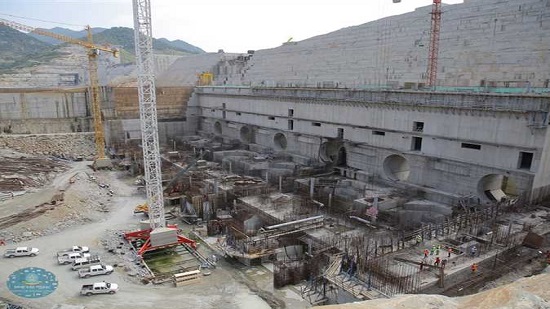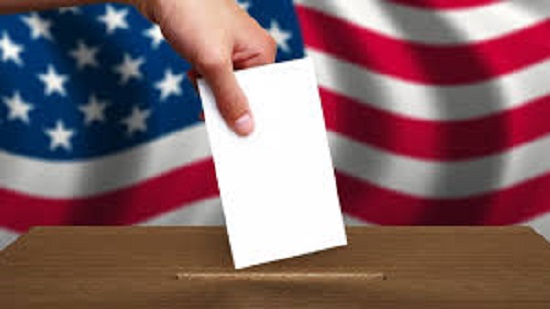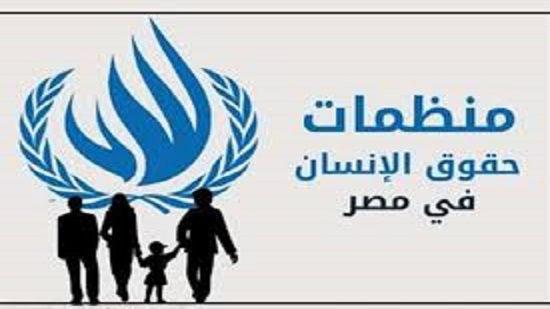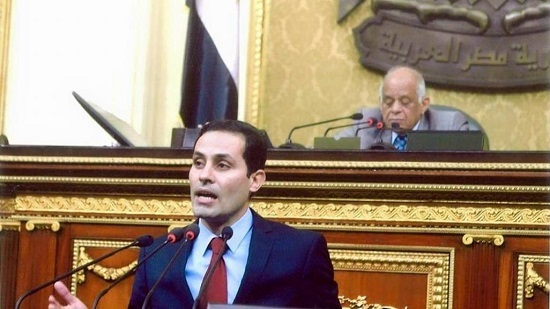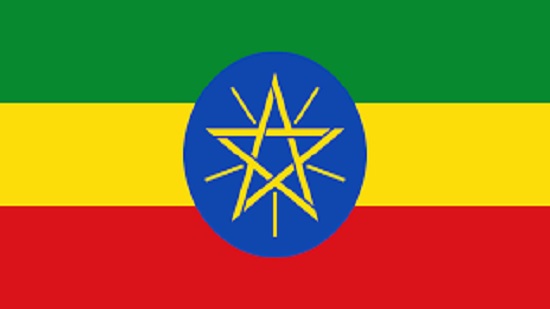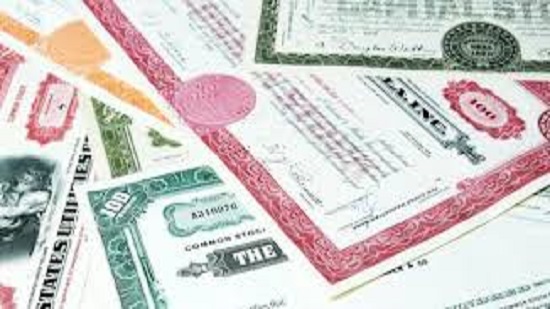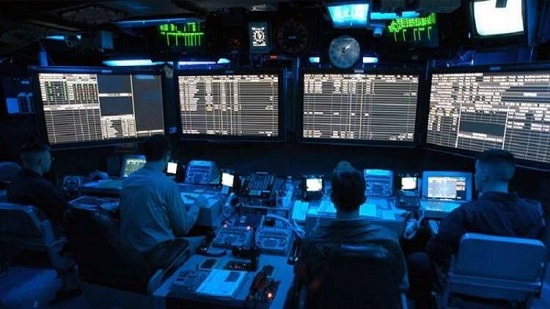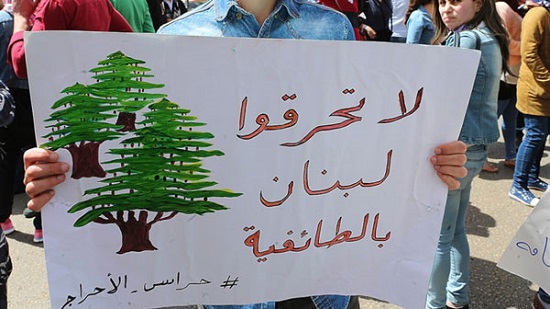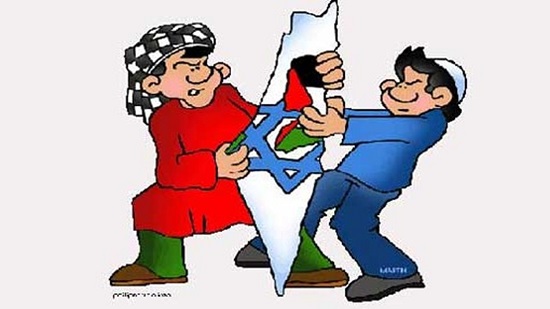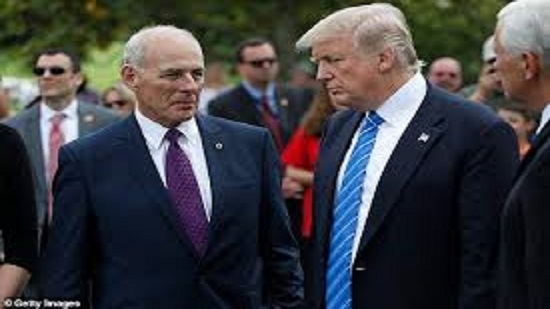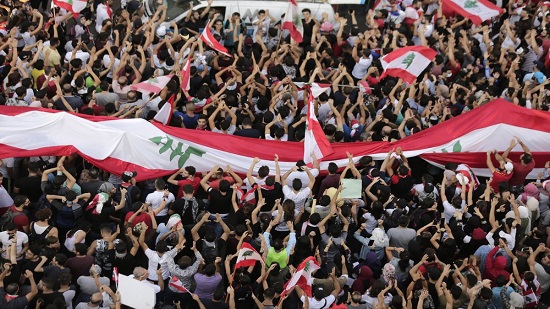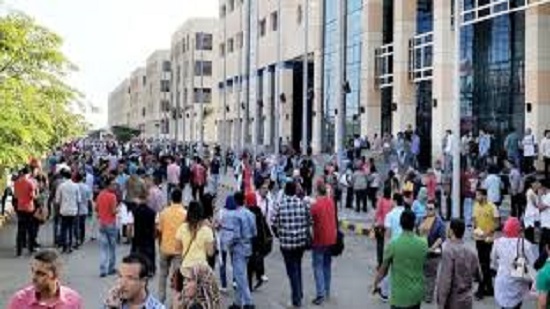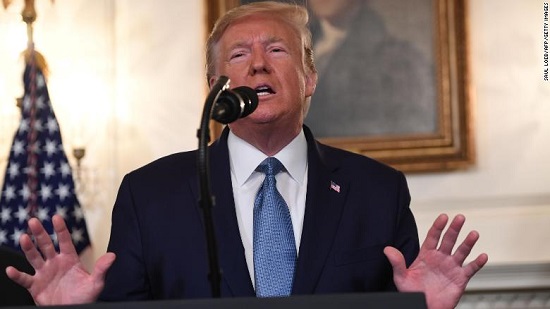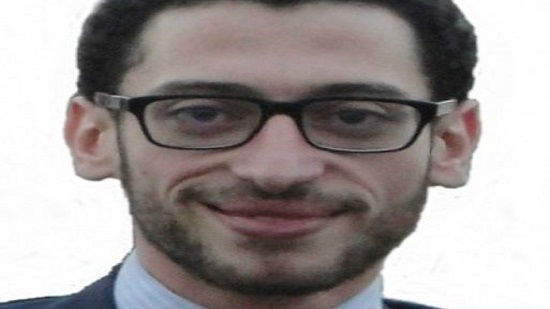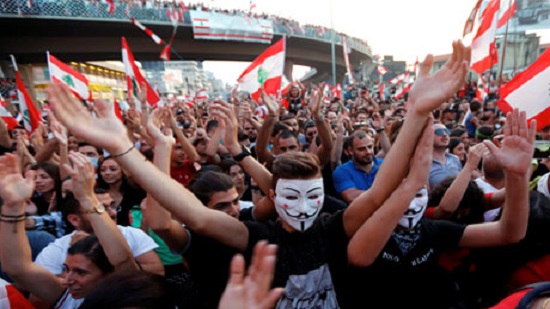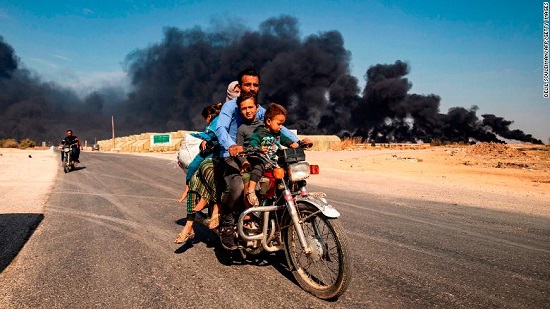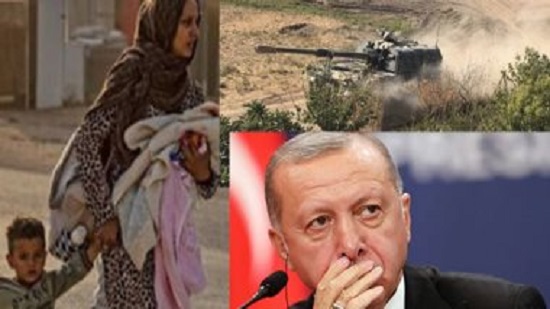Understanding the anguish in Lebanon
The political fire on the streets of Lebanon is neither destructive so that it will consume the country, nor is it magically purifying so that Lebanon will emerge as a phoenix from the land of Phoenicia. Rather, it is a release of a long-simmering anguish in the Lebanese soul. This is healthy and could be the beginning of a new promise.
Still, the anguish is deep, and it will not go away by protests, a change in government, or even fresh elections. The anguish stems from Lebanon s perpetual search for its meaning, and its perpetual failure to actualise any particular one.
The meaning is the core. The state of Lebanon, founded almost a century ago, materialised the Maronite Christians long struggle for true independence from any regional lordship, be it Egyptian, Syrian, or Ottoman. The Maronites success, at the beginning of the 20th century, was in carving for themselves a place in the then crumbling Ottoman empire to be their political entity, recognised by their neighbours and protected by the Western powers that were then drawing the new lines in the sand. That entity was intended to be Maronite, not only in political leadership and social feel, but crucially in its identity. This meant the new state was anchored on the Maronites conviction of the notion of “Lebanon”and on their role in the Middle East.
“Lebanon” in the Maronite psyche transcends the tangibility of the land; it is rooted in a religious view that this land, with “its sacred mountains”, embodies a certain manifestation of the Christ idea. And within that deep-rooted conviction lies a sense of martyrdom: of the suffering of Maronism at the hands of others (who, in this view of history, were the surrounding Sunni Muslim lordships, or at times, the ascendant Druze: their neighbours in the mountains).
With regard to the role,the Maronites saw themselves as educators, intellectual leaders, cultural visionaries – basically, a bridge between the Arab-ness of the the Middle East and the West-ness of Europe.
These convictions about the identity, the notion of Lebanon, and the role in the region were at the core of the political project that the Maronite Church led and which came into being in 1920, with the creation of the modern state of Lebanon. The materialisation of the state fuelled the ambitions. The Maronites, and with them in general the Eastern Christians who had surrounded and found refuge in the Maronite political project, were, indeed, the luminaries of some of the most progressive cultural projects in the Arab world at the time. And the largest among those were not even in Lebanon, but at the heart of the Arab world, at the centre from which the rays emanate to the rest of the region: Egypt. There, whether in education, journalism, theatre, or later cinema, Christian, and especially Maronite Lebanese, were leaders, directors, and true makers of those bridges of the imagination connecting Arab-ness with West-ness.
It is not surprising that when the centre of gravity of Arab-ness moved from Egypt to the Arabian Peninsula, particularly to Saudi Arabia, the kings there turned to the Christian Lebanese for advice, not only on education and culture, but crucially on how to beautify the garb of the desert with sophistication and joie de vivre. To the Maronite mind, this was the role, the competitive advantage.
The problem was that the political entity (the state that came about in the 1920s) turned out to be neither Maronite, nor even Christian. The tumult of the post-First-World-War Middle East meant that the Maronite dream had to accommodate itself within a bigger entity that included Sunni and Shia Muslims, along with the Druze.
The notion of Lebanon, as per the Maronite view, got diluted. This was because neither the Sunnis, nor the Shias or the Druze have ever agreed to sign up to that notion of Lebanon. Actually, for some – including groups of the most prominent Sunnis who agreed to be part of the modern state of Lebanon – their identity was Syrian. Syria here is not a country, as much as another notion: the concentration of Sunni Islamism in the Levant. Those Muslims, and others, came into the new political creation that is Lebanon, with their own heritages, ambitions, hesitations even, and crucially with a vastly different view of what Lebanon ought to be, ought to mean.
The existing together of all of those factions turned out to be tolerable – not because the different parties found love and harmony – but because there was a match between what Lebanon had to offer and what the Middle East, in the period from the 1930s to the 1960s, needed. Amidst multiple grand confrontations (between Arab Nationalism and the West, between Arab Nationalism and other interpretations of Arab-ness, and between Arab Nationalism and Islamism), the Middle East needed a ground to think, to talk, and to play. And Lebanon – primarily because of the Maronite competitive advantage – had what it took to meet those needs. Whether it was the permissive cafes of Al-Achrefieh and Ras-Beirut, or cabins and villas in Junieh and Al-Batroun, or the grand halls of the American University of Beirut, Lebanon was open for the talking, the thinking, and the playing.
Lebanon rode the high, destructive waves that the Middle East was generating – with skill and luck. Its value was rising, for all around it. It was becoming not only the place for business to be conducted and pleasures to be sought; it became the place where the Arab imagination could be enriched or manipulated, especially as everywhere else around it, the minds, souls, and imaginations were gradually being closed down.
Money rolled in. Laughs echoed high in the sumptuous rooms of the palaces in the mountains and the high-ceiling salons of Beirut s elegant apartments. The rulers of Lebanon intentionally set aside the differences of their histories, their identities, and their interpretations of what Lebanon is. Who would want to bring to the fore such abstractions at such good times?
But times change. And after riding the high waves, Lebanon found itself under them. Lebanon was the victim of its success. The seductress who all had wanted became the one they actually fought to have. And gradually, the beauty that was showered with the gifts of admirers found itself at the very midst of their fights. The land of milk and honey became one of rivers of blood.
But it was not “the wars of others in Lebanon” (as some Lebanese thinkers characterised the civil war from 1975 to 1990). The wars of the others brought to the fore that which the Lebanese had not wanted to discuss, to sort out, when the going was good. And what came to the fore was ugly. The blood that filled the cities, towns, and villages in those 15 long years was the price of a long failure of leadership, failure of politics, failure to pause and reflect and attempt to give a serious and sustainable answer to the fundamental question of: how to bring harmony, at least real conciliation, between very different understandings of the identity of Lebanon.
The sad thing was that the war ended not because the fighters had come to accepting the others and their understandings of what “Lebanon” is. It ended because all were exhausted, and because geo-politics created a demand for the war in Lebanon to end. The US was willing to hand over Lebanon to Syria s Hafez Al-Assad in return for his acquiescence to what, at the time, were key American interests in the Middle East. And in the wake of the 1991 war to liberate Kuwait, a resurgent Saudi Arabia was willing to intervene. Saudi cajoled and effectively bought-off almost all of the combatants. The weapons were put down, and almost overnight, the war-lords, many of whom had not only killed “others” but had also killed and slaughtered among their own sects, became the faces of “peace”. With time, they entrenched themselves as the pillars of Lebanon s post-civil war political economy.
Of course, those war-lords were the least qualified to try to reconcile the different ideas about the notion of Lebanon. Actually, some of the most qualified were consumed by the war, either literally or emotionally. The war consumed more than that. The blood that was spilled, the crimes that were committed, and the cruelty and barbarism that were unleashed left their shadows not only on the country s politics, but also on the prevailing psyche.
But as always, every now and then, history offers an opportunity. The assassination of Prime Minister Rafik Al-Hariri struck the pride and stirred the dignity of many people. It ignited a flame which released an energy of renewal. New knights came to the illuminated bush; and some old warriors approached in what seemed to be repentance for old sins. It was a rare moment as the politics of Lebanon attempted to both: put forward a pragmatic way for the country to reinvent its system of governing (and of governance) and find a new meaning of Lebanon that brings together the different understandings and convictions of that notion. The potential of 2005 did not reside with one camp against another; was not in one view versus another. The potential was in the chance of change, of transcending the stronghold of the legacy and mindset of the war and what it has ushered in. Crucially, it was in bringing together the different components of Lebanon (all of them, by now, had established their presence, understandings,and traditions, as quintessentially Lebanese) to one table, on one premise: never to repeat the past and to forge a serious, sustainable basis for a truly one-Lebanon.
But the flame of 2005 was put out by Lebanese, from all sides, from all sects. Not only did the country s extractive political economy remain in place; all the sins and ugliness that were there before remained as well. The statues of the grieving Virgin, dotted throughout the country s sacred mountains, were the true representatives of the psyche of Lebanon.
If today s fire is neither the birthplace of the phoenix, nor a force of destruction…what is it, then? It could be a new flame, another hand history extends to Lebanon. It could mark the beginning of a journey. And for the journey to be successful, it must not be aborted in simple milestones (say, merely a new government). The journey must go all the way, where the different travellers arrive at the same shore: a single understanding of what Lebanon means. The often invoked mantra of “living together” has proven a mere first step. Lebanon not only deserves more than “living together”; it cannot function without finding an answer to its identity question.
But two perils haunt that potential journey.
The first is: succumbing to delusions of power. No one single identity, one single interpretation of Lebanon, can succeed in marginalising the other, either by weapons or rhetoric or by self-proclaimed righteousness.
The second is moral infantilism. There are forces in Lebanon that have a strong tendency to see themselves as perpetual victims, to scope history from their narrow perspective, and with that goes a lot of doctoringof the truth. They also tend to see many of their killers as martyrs. Believing in this false history keeps them in a comfortable zone of fantasy. In turn, this keeps them from embarking on a journey of transformation.
Lebanon is a special place – in terms of history and geography. But its dilemma goes far back. The dilemma was not in the past few years, and not in the period since the end of the civil war. It has been for the century that s the life of the modern Lebanese state.Those who love this beautiful country should hope that the current flame illuminate a new path, a journey towards a true salvation: where the Lebanese agree on what Lebanon is.


